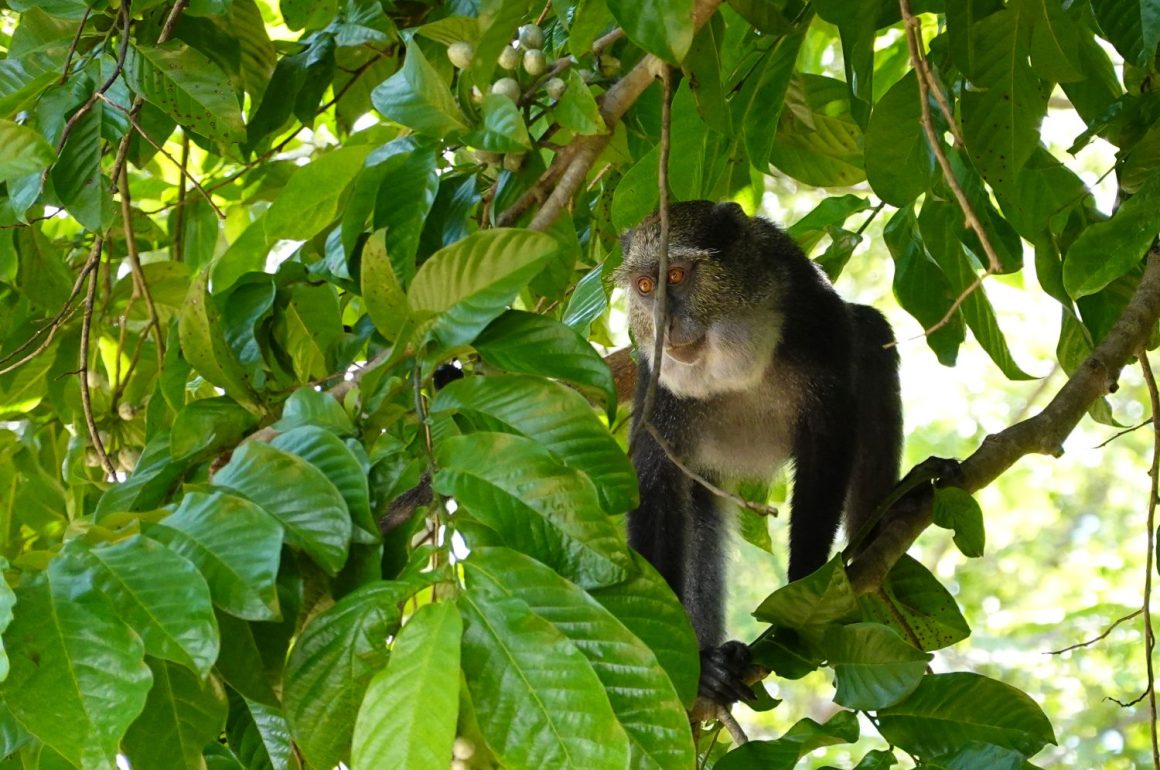
The rainforests blanketing the Udzungwa Mountains (or rather, the remnants of rainforest that have not been cleared for agriculture) form ancient islands of a host of rare and endemic species of plants and animals. Accordingly, they are highly sought-after by many birders visiting the region, hoping to see the endemic Udzungwa Forest Partridge and Rufous-winged Sunbird in particular. On a trip by bicycle and public transport from Botswana to Kenya via Zambia and Tanzania, I felt that visiting one site of the Eastern Arc Mountains should be compulsory for any birder worth his or her salt. I decided to give the Udzungwas a shot, and my two-day stay proved pretty productive.
I pitched my tent at the Hondo Hondo Tented Camp, which was rather run-down (I imagine as it was low season; I was the only guest). However, the staff was incredibly helpful and welcoming, making my stay very enjoyable. I spent quite some time birding around the rice paddies in front of the camp, mainly to see Lesser Seedcracker, a species I had wanted to see for years. I failed in this regard, but enjoyed watching Magpie Mannikins and the hyperactive male Black-winged and Zanzibar Red Bishops chasing females and anything else with wings across the paddies. The bright green fields and forested hills rising in the background made for a stunning setting.
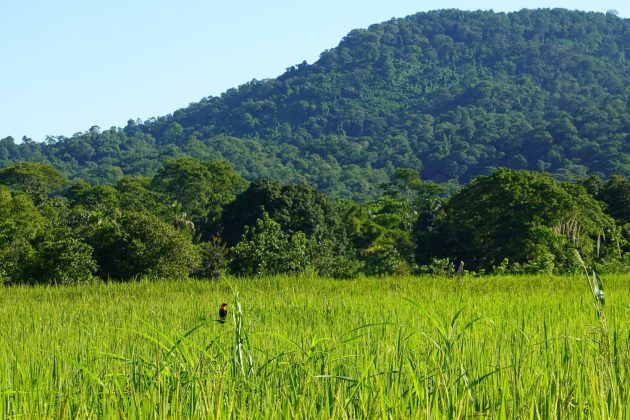
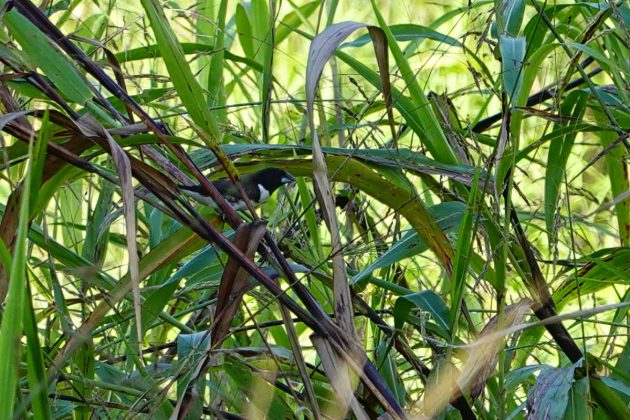
The camp itself was very good for primates, with baboons, colobus and sykes’ monkeys being around constantly. One morning, the soil around my tent was colonised by a tiny maze of cute fungi, while a good number of large moths also demonstrated the camp’s vicinity to the tropical forest.
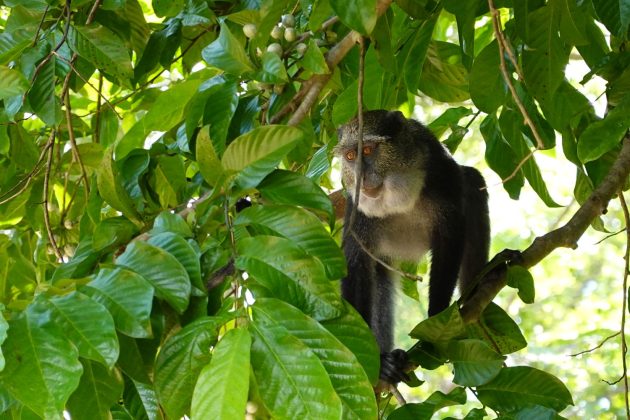
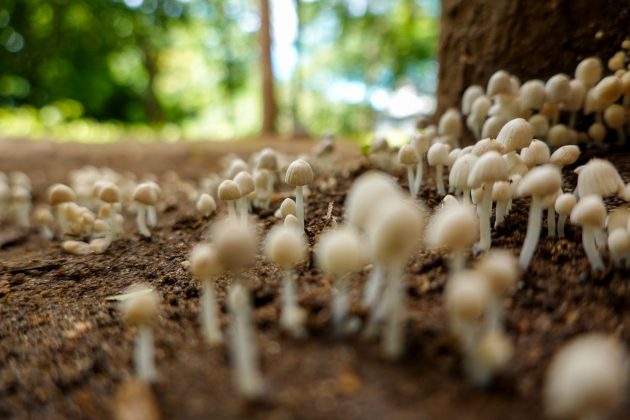
I spent half a day inside the forest with Benard, a young and excellent local bird guide. My expectations proved to be too high as we did not see many specials, but I was very happy about two lifers that appropriated the green of the foliage in the form of Green Malkoha and Green Twinspot, two birds that fail to the rigorous criteria for nemesis birds, but come pretty close, having evaded me on multiple dedicated searches in southern Africa. The forest itself is also very impressive, although in many areas it did not appear to be proper primary forest, being rather overgrown with vines. This might be as we did not ascend the steep paths deeper into the forest, held back by my knee that was still recovering from an injury.
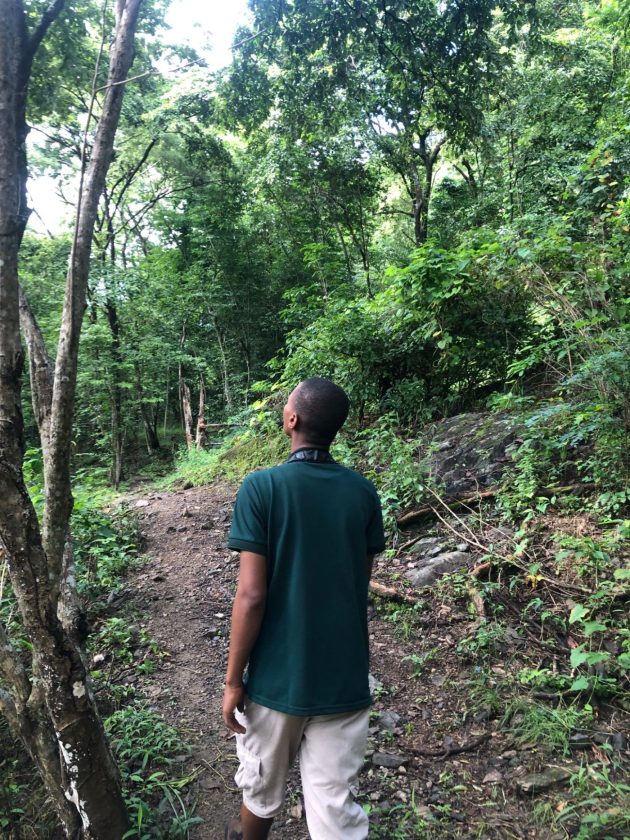
Getting back to Mikumi was an eventful trip in which I made use of two bajajis. I had intended to take a bus but I was advised against this as apparently not many buses pass in front of the Hondo Hondo camp. Unsure whether this was pretext to get a bigger tip, I just went along as someone hailed a bajaji for me and proceeded strapping my bike onto the roof. As Mikumi was too far of a distance for the driver, I had to switch into a different bajaji halfway to the town, much to the amusement of several locals who greatly enjoyed watching this procession.
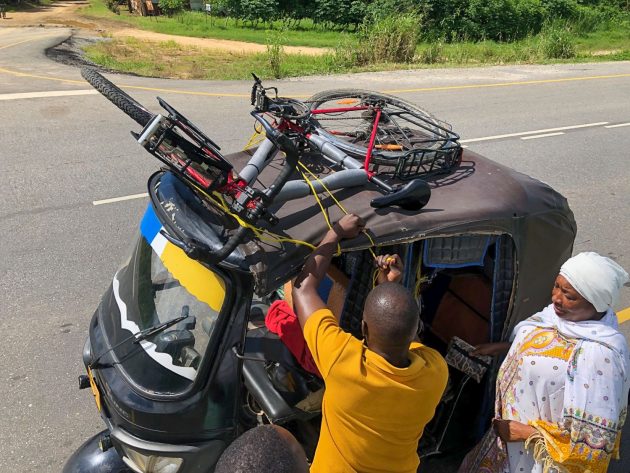
I got to Mikumi in the afternoon and decided to take a quick trip to a well-known miombo woodland north of the town. After taking some time to explain where I wanted to go (it seemed rather nonsensical to most piki-piki drivers to drop me off somewhere on the roadside), I was seated on the back of a motorbike and eventually reached the area of miombo I had read about. I did not have much time but was still lucky to see, among some other birds, the ‘Hofmann’s Sunbird’. This bird is often sought by birding tour companies that regard it (sensibily, for their business model) as a separate species, but – at least according to Avilist – it is generally regarded as a subspecies of Shelley’s Sunbird.
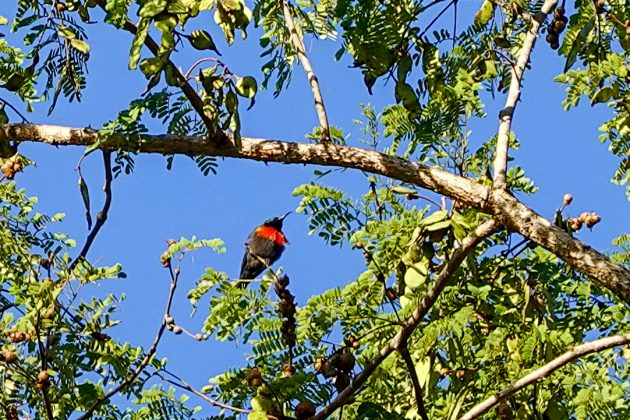
The Udzungwas definitely warrant more exploration, especially in the higher reaches of the mountains. There were many species that I missed, but I was very glad to have had the chance to explore some tropical Afromontane forest and one area of the Eastern Arc mountains. I’ll definitely be back for the Udzungwa Forest Partridge and longer explorations of the forest itself.







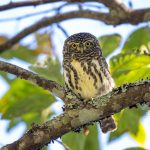
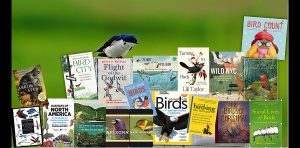

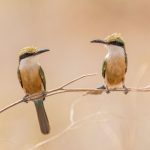
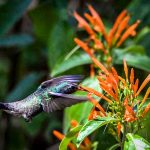
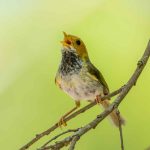
Any African montane forest is special but Udzungwa is magical. Slightly jealous…